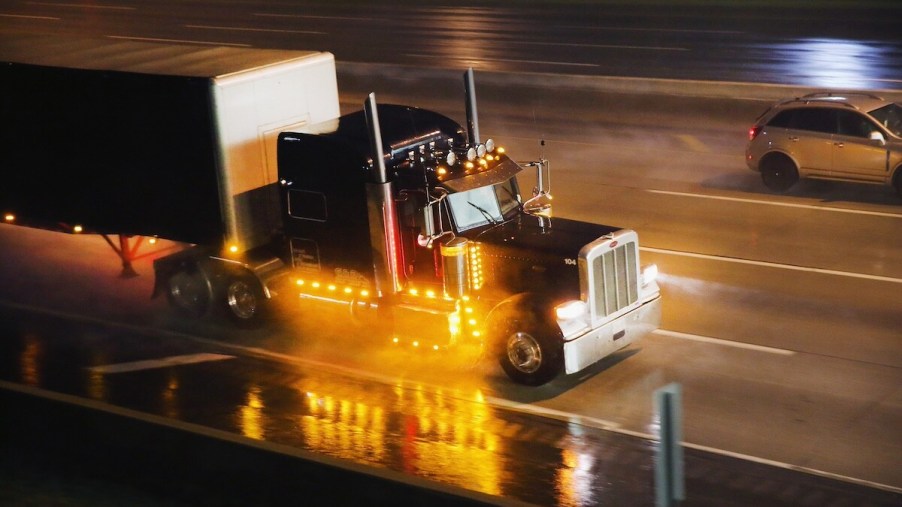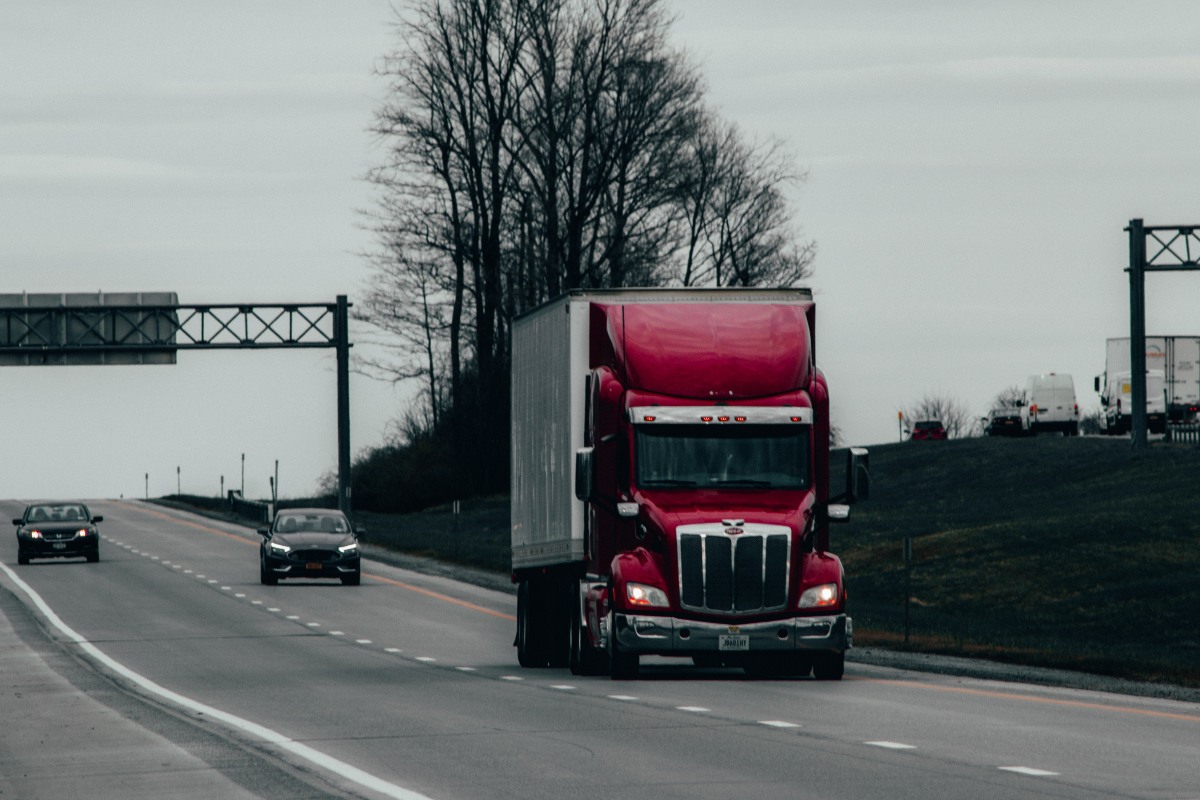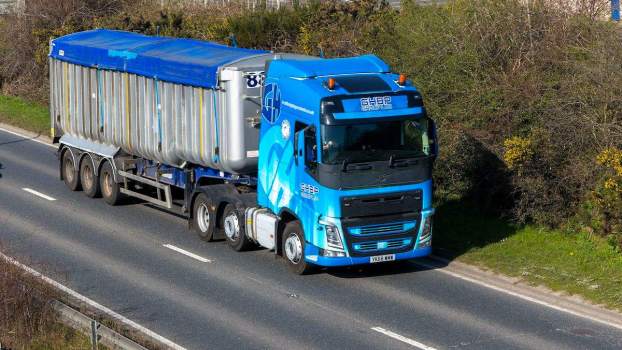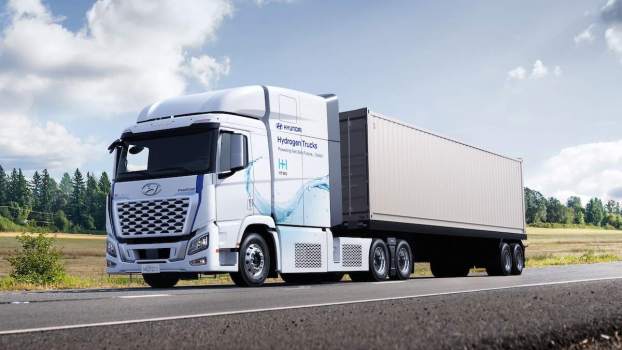
How Fast Can a Big Rig Go? Truck Driver Tests the Limit in High-Speed Police Chase
The speed of semi-trucks plays a crucial role in shaping the efficiency and dynamics of the supply chain. Known for their imposing presence on highways, these colossal machines are designed to carry substantial cargo across long distances. So, a tractor-trailer might be the last vehicle one would imagine in a high-speed police chase. But that’s precisely what happened recently in Texas, thanks to a wayward truck driver. It might also make one wonder how fast a big rig can go.
These beasts can reach triple-digit speeds, but only in specific scenarios.
A Florida truck driver led cops on a high-speed chase through Texas
On Nov. 4, 2023, Christopher John Lubowski led Houston police on a high-speed chase. The 51-year-old crossed four counties before law enforcement finally stopped his vehicle. That vehicle was a full-sized 18-wheeler. Surprising to no one, Lubowski hails from Florida. Consider that a warning: The Florida Man phenomenon has penetrated the greater Houston metroplex.
Lubowski has since been charged with possession of a controlled substance and evading arrest. One question remains, however. This man drove a semi — one of those cargo-laden 18-wheelers that lumber on highways all over the USA — for 2.5 hours before the cops caught him.
So, just how fast can a big rig go?
How fast can a semi-truck go?

Semis come with spectacular stats. Legally, an 18-wheeler must weigh between 30,000 pounds unloaded and 80,000 pounds loaded. The cargo compartment alone, unloaded, weighs around 10,000 pounds. Moving that heft takes power: A 15-liter diesel powerplant typically harnesses 400 to 600 hp and a fearsome 1,000 to 2,000 lb-ft of torque. The engine itself weighs as much as a Toyota Corolla.
Given those numbers, it’s hardly a surprise that a sufficiently motivated big rig might have a fair turn of speed. Per Freight Viking, a semi-truck without a trailer can do 0 to 60 mph in 15 seconds and reach a top speed of 125 mph. However, it’s unlikely that Lubowski’s tractor-trailer traveled at that high rate.
Aside from the sheer engine power, three main factors make those numbers possible. First, Freight Viking’s figures are for trucks without trailers. Hooking on the five-ton box where 18-wheelers carry their cargo drags down their performance. Second, trucks need room to move, requiring a long, straight stretch of road to hit triple-digit speeds.
Most big rigs have speed limiters
The third factor is a bit more complex. Truck driving is a complicated business. Some operators own their own rigs, but others lease them from trucking companies, paying for the vehicles out of their paychecks as they deliver cargo nationwide. In the latter case, the company owning the truck has a vested interest in keeping it, and therefore its driver, out of trouble. To that end, many trucks have speed limiters.
Exactly what speed trucks should be limited to is a fraught political question. The Truck Safety Coalition is lobbying for a mandatory 65-mph limit on all commercial vehicles over 26,000 pounds. The Trucking Alliance agrees with a legal mandate for limiters but has not yet proposed a definite top speed. Most important, the Federal Motor Carrier Safety Administration, the agency in charge of regulating commercial vehicles, recently pitched a 68-mph maximum, only to reverse course and refuse to commit to a top speed mere hours later.
In short, while the debate continues, many major players in the trucking industry support a law requiring speed limiters on commercial trucks. It seems the world just isn’t ready for another Lubowski.






